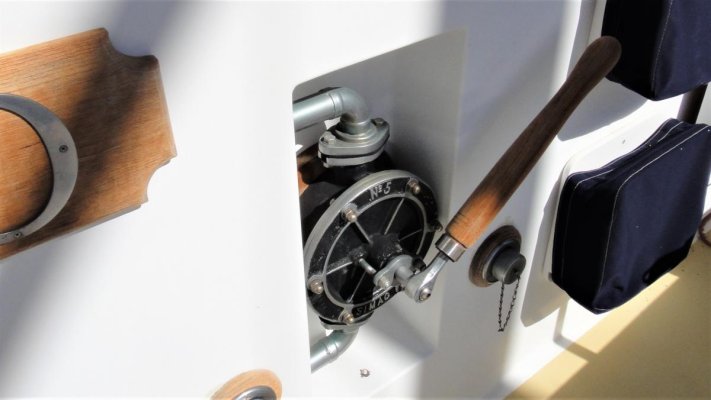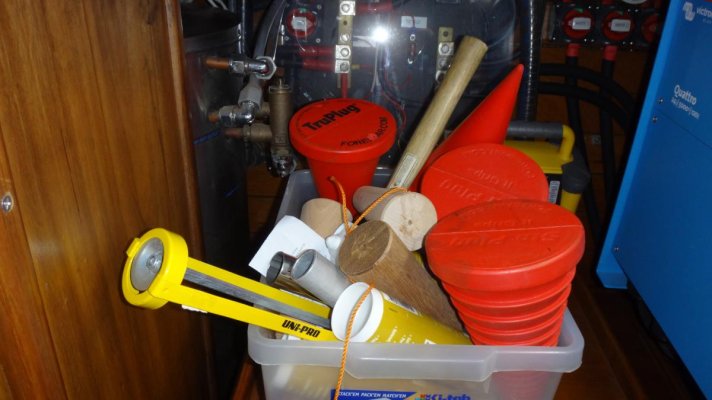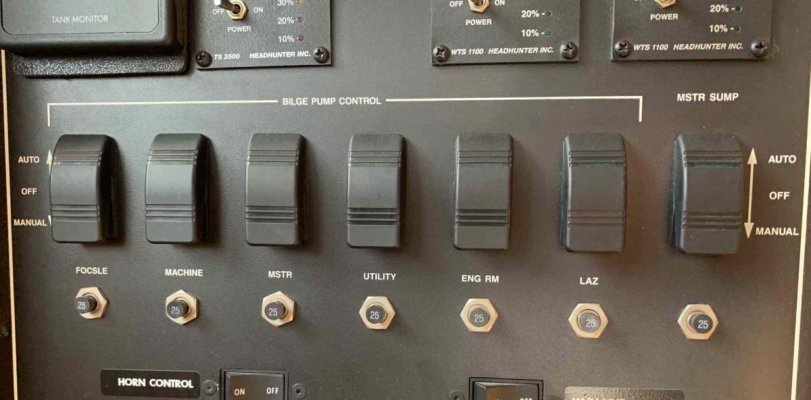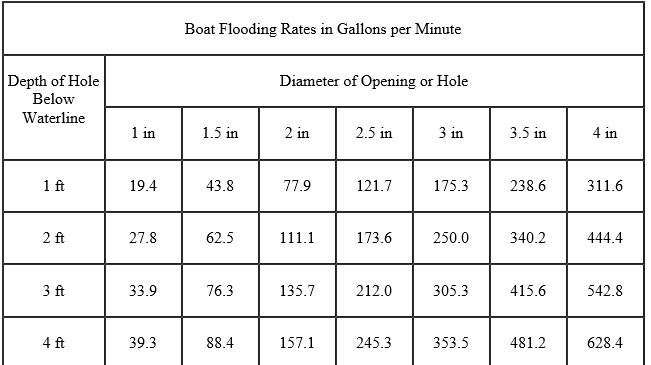AusCan
Guru
- Joined
- Jul 15, 2012
- Messages
- 3,218
- Location
- Australia
- Vessel Name
- Kokanee
- Vessel Make
- Cuddles 30 Pilot House Motor Sailer
I have 3 on my 30 footer plus a couple spares.
I also keep a variety of plugs, foam balls, tarps, bits of plywood, etc for dealing with a breach of the hull if necessary. I could never see the point of installing manual pumps. I would think that I'd be better off trying to slow the leak, rather than manually stroking a low volume pump if there ever was a hull breach.
Bridaus - I'm surprised you aren't aren't intimately familiar with your bilge pumps. Especially if it has been running daily. I'd be somewhat concerned about where the water is coming from.
I also keep a variety of plugs, foam balls, tarps, bits of plywood, etc for dealing with a breach of the hull if necessary. I could never see the point of installing manual pumps. I would think that I'd be better off trying to slow the leak, rather than manually stroking a low volume pump if there ever was a hull breach.
Bridaus - I'm surprised you aren't aren't intimately familiar with your bilge pumps. Especially if it has been running daily. I'd be somewhat concerned about where the water is coming from.




